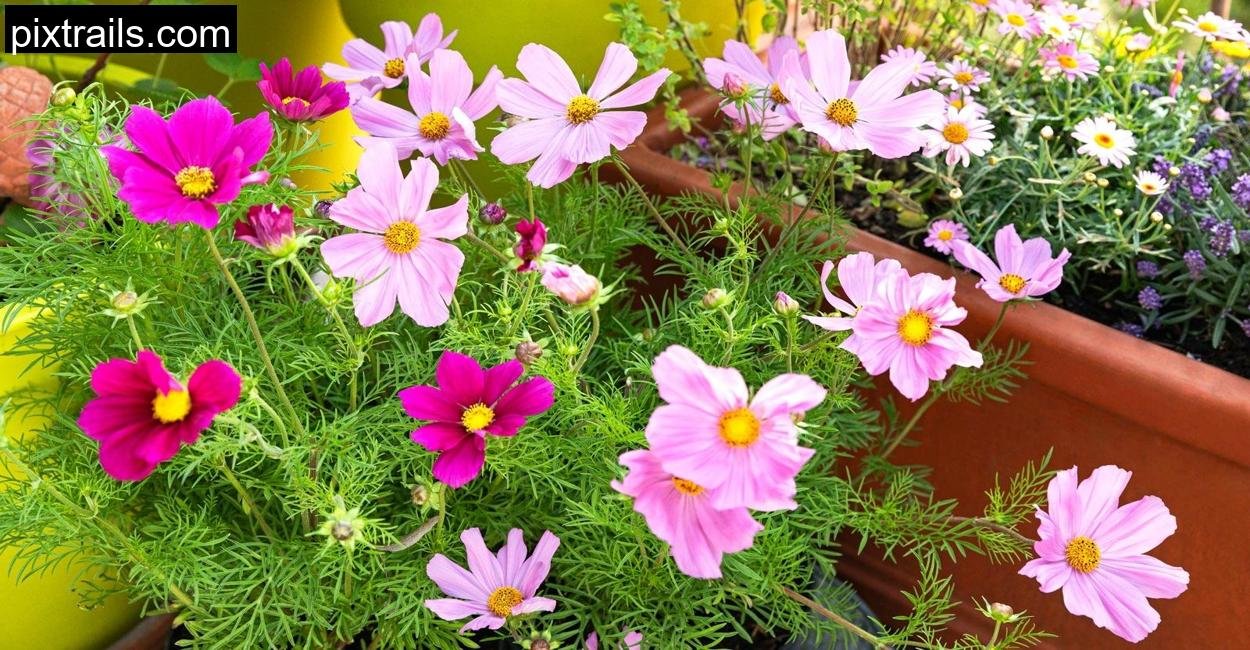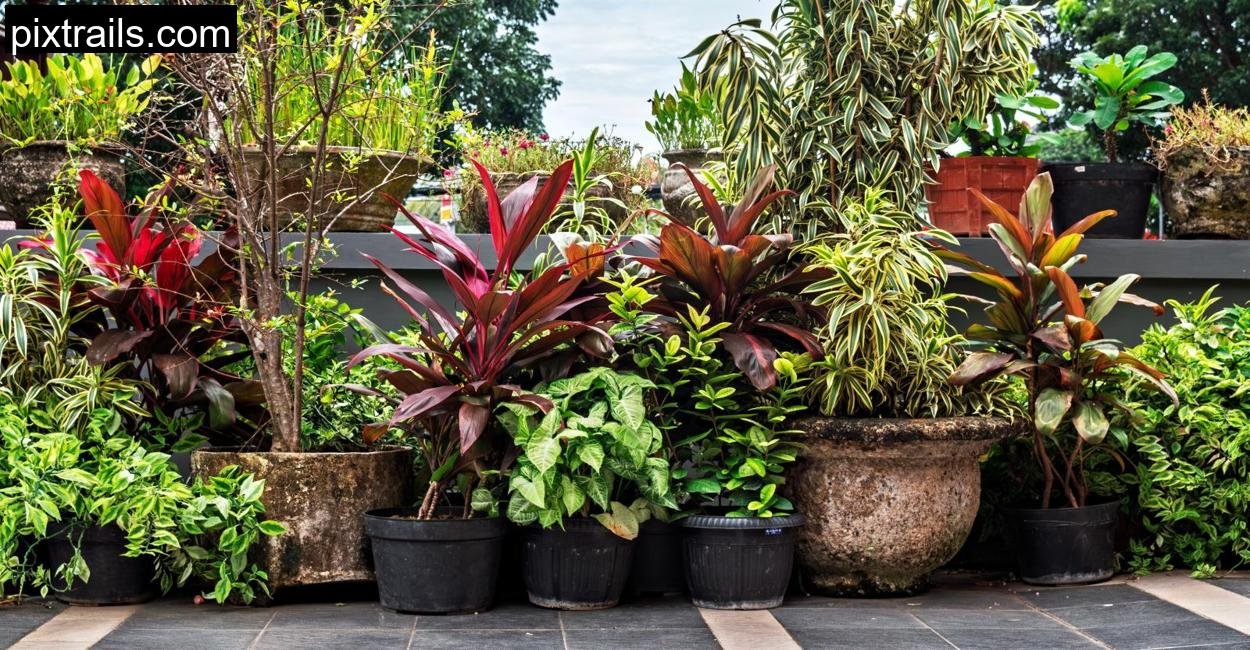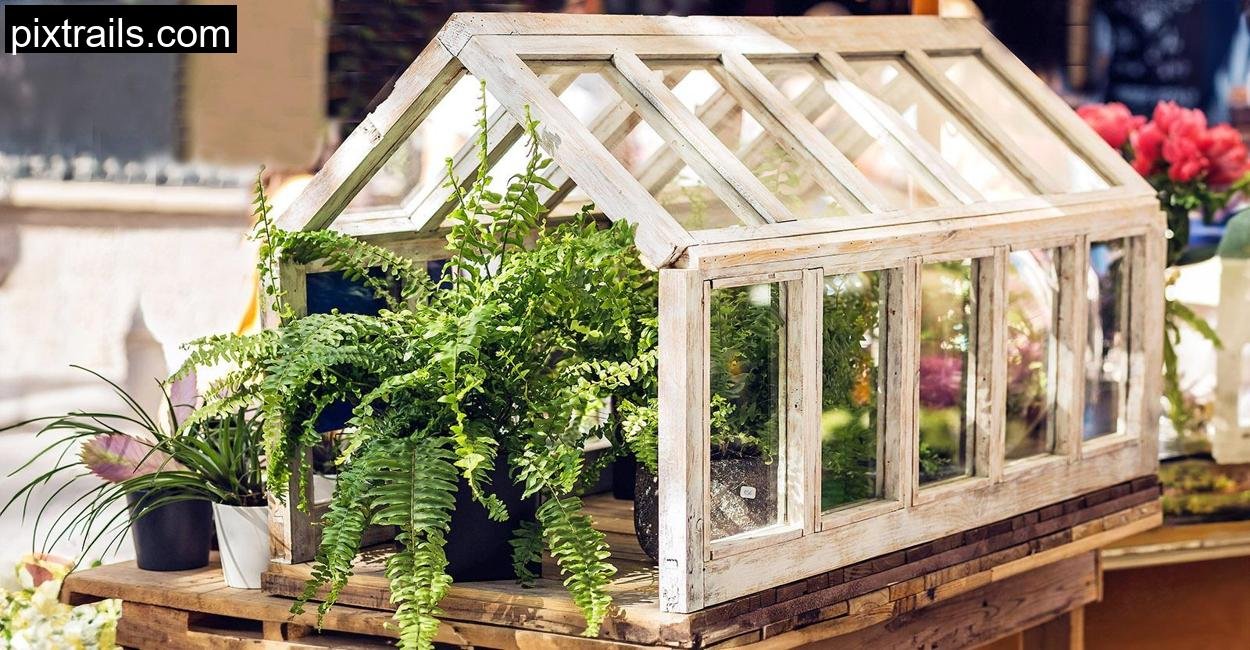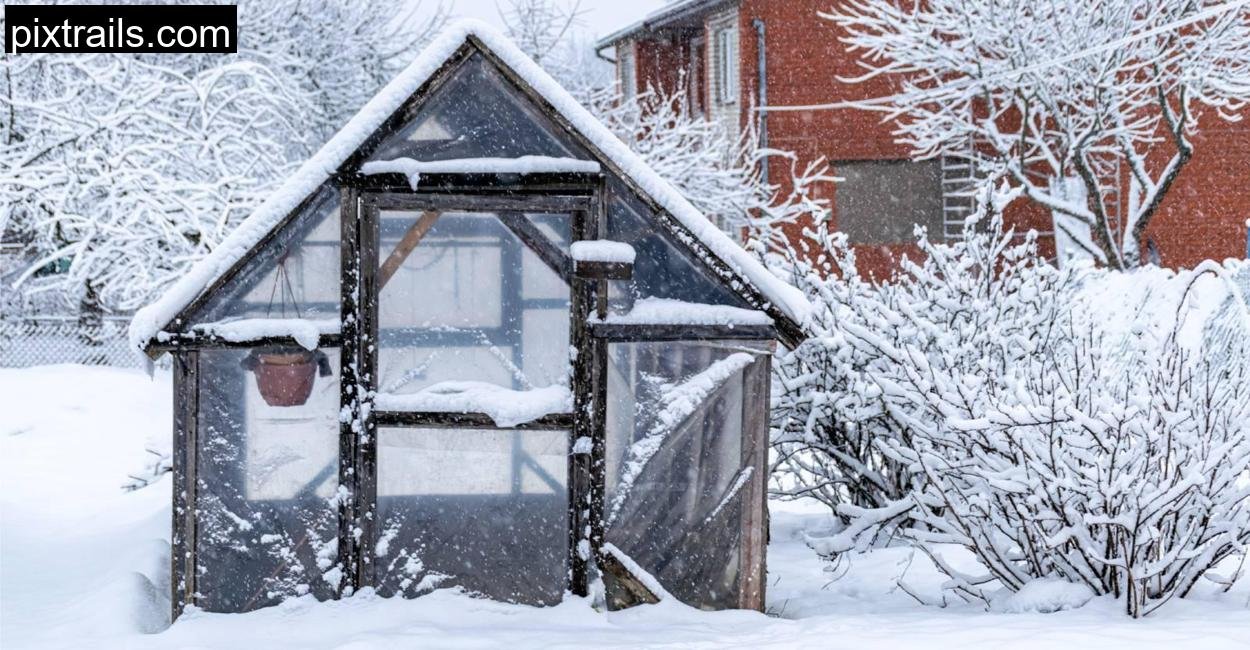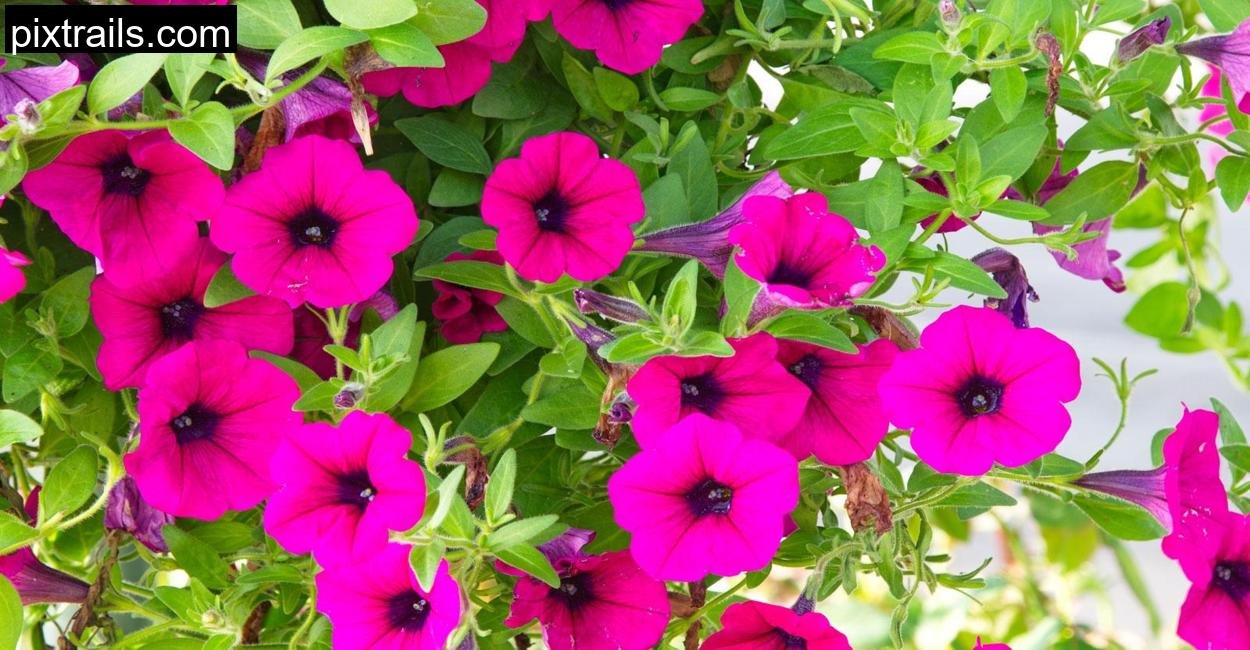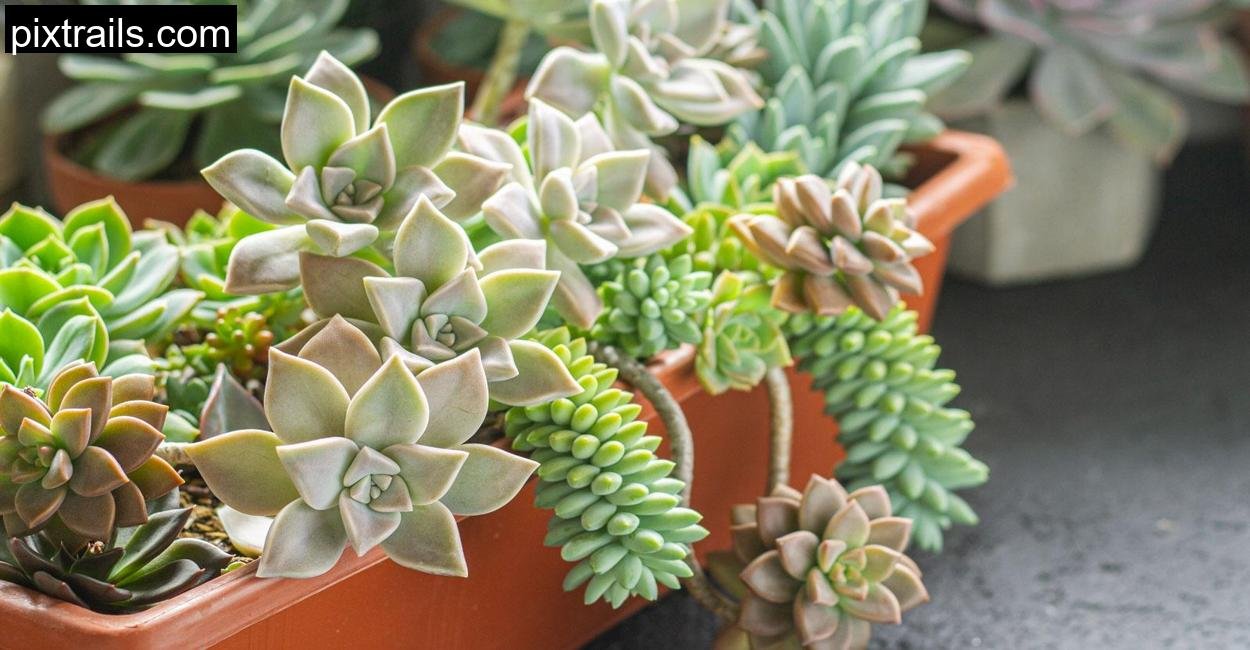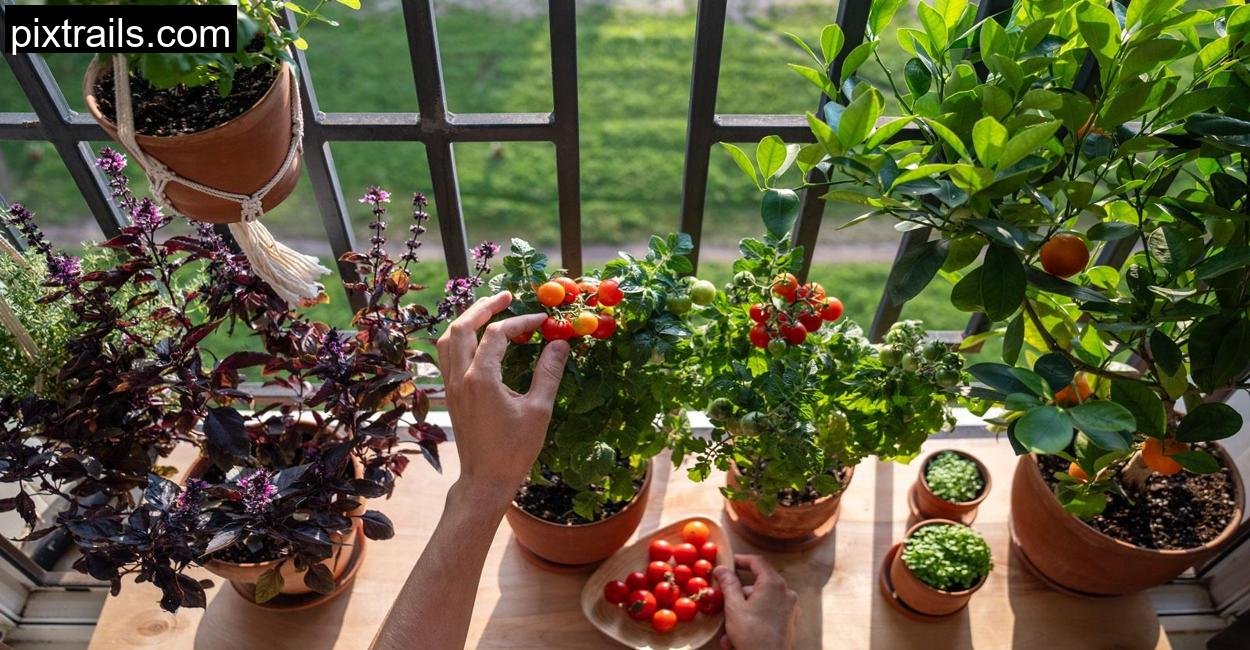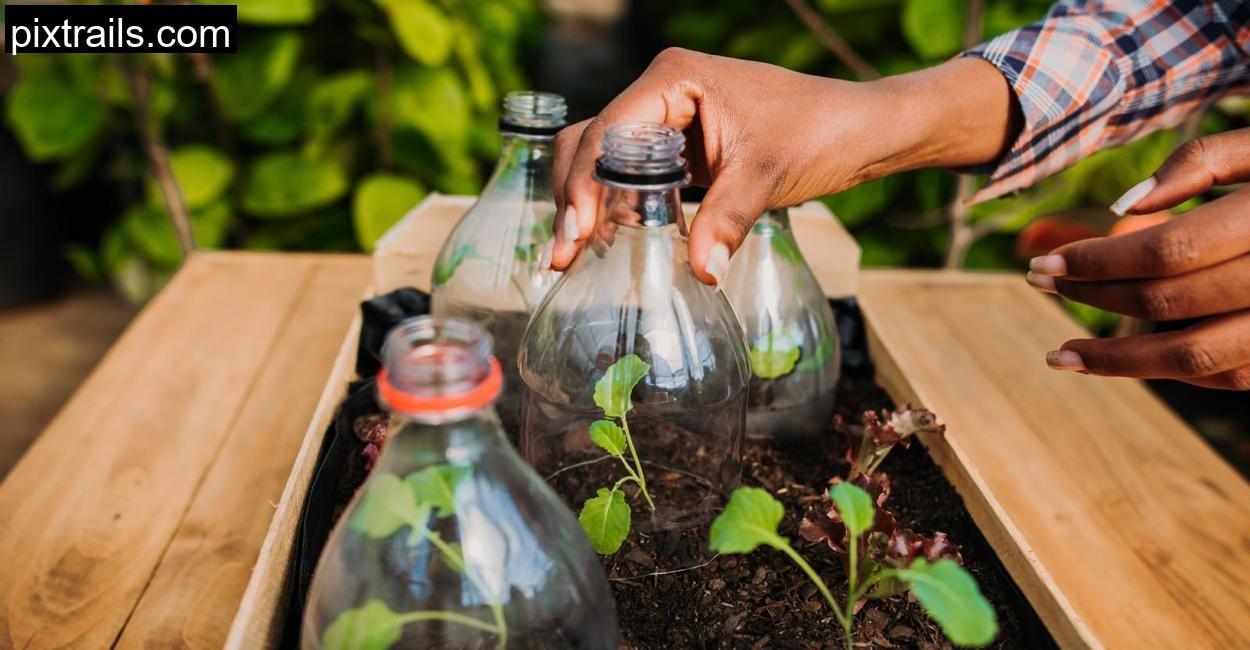It started one spring morning, with coffee in hand and a nagging itch to grow something, anything. My urban apartment didn’t come with acres of rolling countryside or charming little flower beds wrapped in picket fences. It came with a modest fourth-floor balcony that measured just enough for a small bistro table and two chairs. But I was determined to make it bloom. Not just bloom, I wanted flowers I could cut, arrange in vases, gift to friends, or simply brighten up my dining table. I wanted a cut flower garden, in containers, in the sky.
Back then, I didn’t know if it was even possible. I associated cut flower gardens with sprawling country homes, rows of dahlias, cosmos swaying in the wind, and gardeners in floppy hats. Not an apartment in the heart of a noisy city where buses hissed by and pigeons were more common than bees. But I was stubborn. And as I would learn, soil, sun, and the right pots are enough to start something beautiful.
Why I Chose to Grow Cut Flowers in Pots
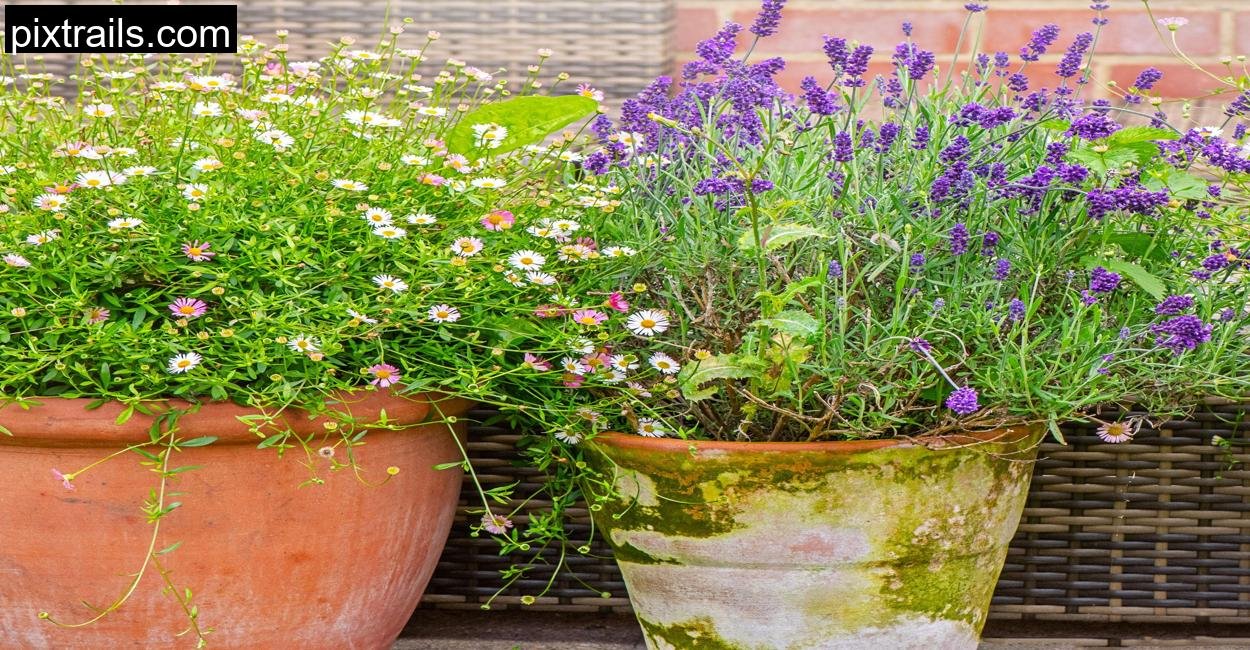
Honestly, it began out of limitation. I had no other choice. But what started as a workaround turned out to be a revelation. Containers gave me control. I could move them around, find the perfect spot for sun or shade, and rotate plants as they bloomed or faded. I could isolate an ailing plant without risking the others and replace tired soil in one pot without disturbing the rest.
There was also something deeply satisfying about walking outside with a cup of tea and seeing my zinnias reaching for the sky, my lavender nodding gently in the wind, my cosmos flowering like fireworks. The buzz of bees visiting my balcony was like a little round of applause each morning. My tiny space had become a haven.
The First Lesson: How To Grow Cut Flowers In Pots Without Losing Your Mind
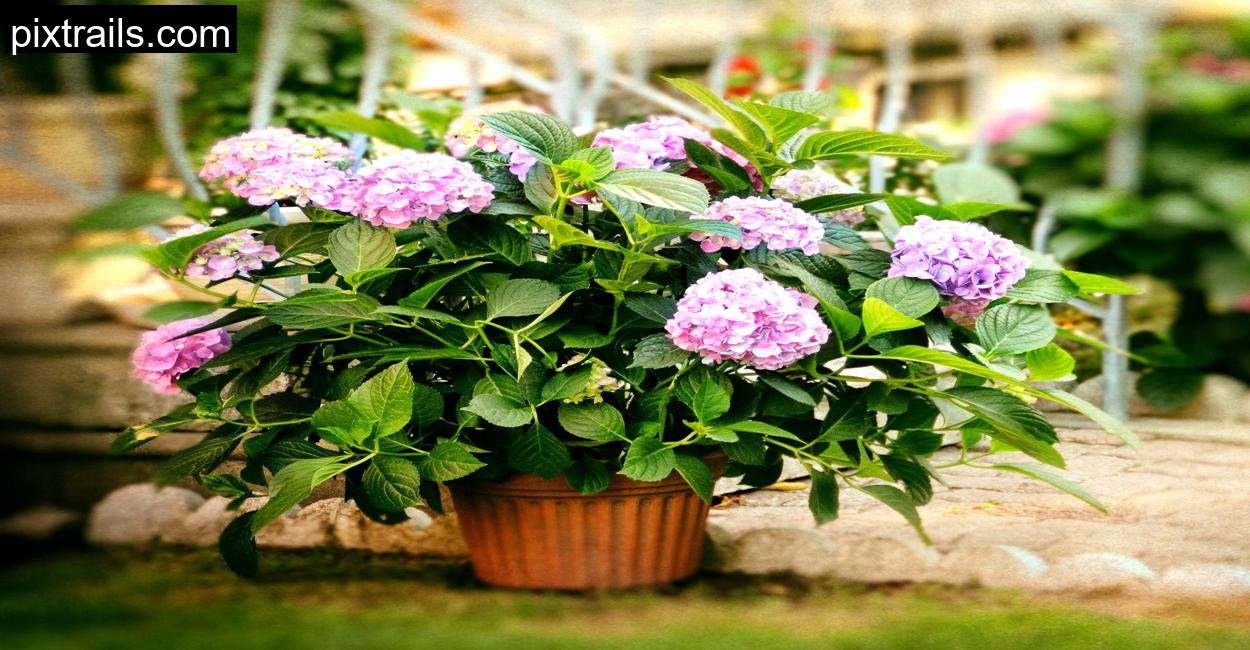
My first mistake? I planted too much, too fast. I went on a seed shopping spree with zero regard for pot size, sun requirements, or bloom time. Within weeks, I had cosmos shadowing the phlox, zinnias fighting for space with bachelor’s buttons, and a poor dahlia gasping in a pot that was clearly too small.
Eventually, I slowed down and started doing things more thoughtfully.
I learned the importance of:
- Drainage: No flower, no matter how lovely, enjoys sitting in waterlogged soil. I drilled holes into ceramic pots and added gravel before the soil.
- Sun mapping: I observed which part of the balcony got sun and when. Morning light here. Scorching afternoon light there. I placed pots accordingly.
- Soil health: I used a potting mix tailored for flowering plants. I mixed in compost and occasionally added a layer of mulch to retain moisture.
- Staging blooms: I staggered my planting. Zinnias first. Then cosmos. Then bachelor’s buttons. It kept the display going for longer.
I also started keeping a little logbook, nothing fancy, just quick scribbles: “Cosmos sprouted today!”, “Lavender loves this corner!”, “Don’t plant dahlias with phlox again.”
The Cut Flowers That Grew Best For Me
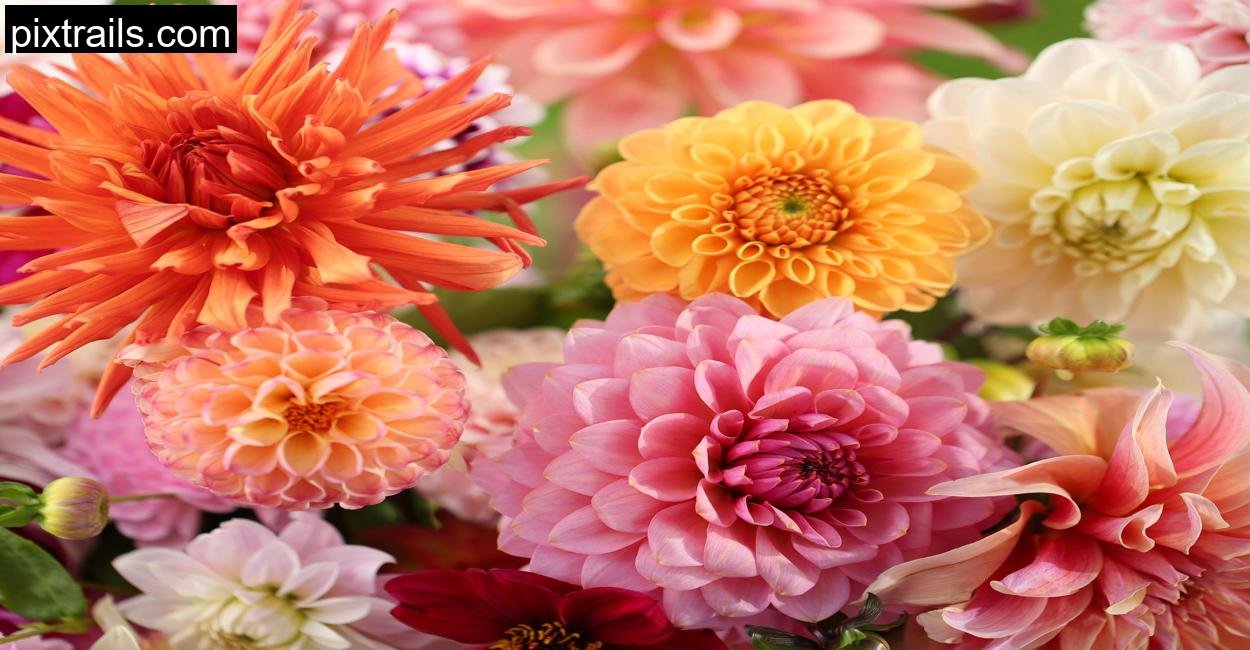
After some trial and error (okay, a lot), I figured out what thrived in my container world. Let me walk you through my little gang of bloomers:
Zinnias
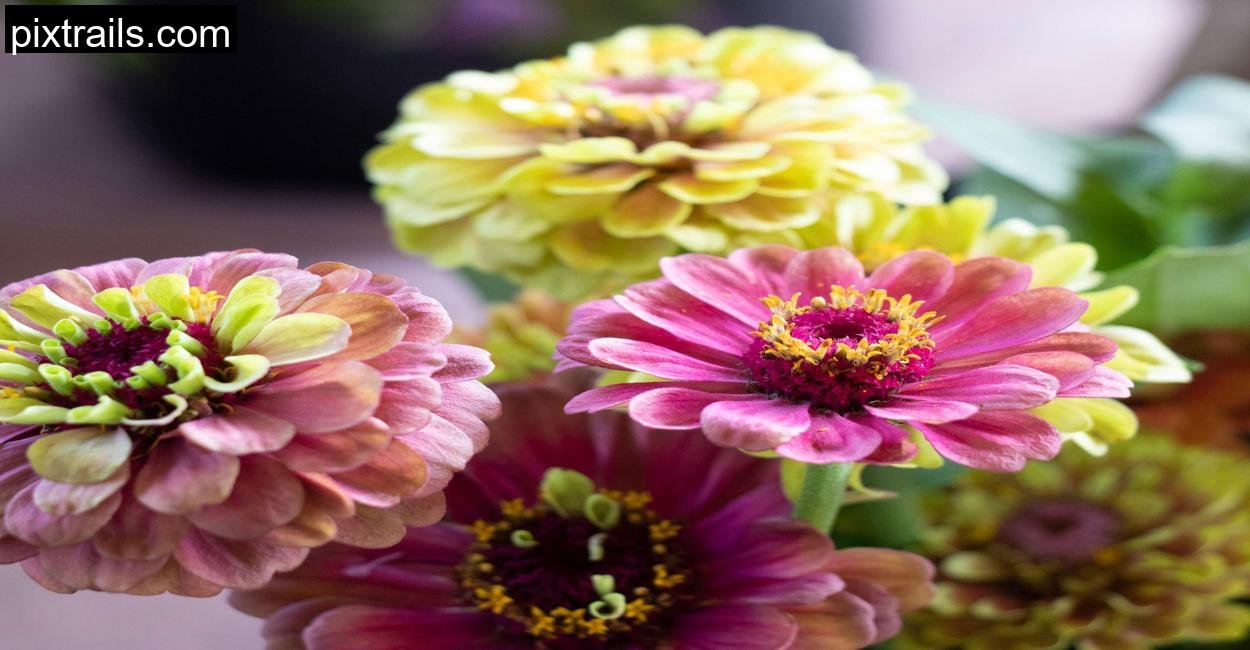
Zinnias were my stars. I planted the Funfair Mix in terracotta pots, and they went wild. They bloomed from early June until the first cool days of fall. The more I cut, the more they gave. Their stems were strong, their colors vivid, and their resilience unmatched.
Dahlias
I started small with anemone-style dahlias. They demanded bigger pots (12 inches minimum), but the payoff was worth it. I added organic compost to their soil and placed them where they’d get morning sun and afternoon shade. They rewarded me with thick, sculpted blooms that made every bouquet feel like a celebration.
Lavender
I didn’t expect lavender to steal my heart, but it did. It brought bees, smelled divine, and looked elegant even when not flowering. I used a sandy mix and let the soil dry between waterings. Munstead did particularly well.
Cosmos
Ah, cosmos, light, airy, dreamy. I grew Sonata and Dwarf Sensation. They loved the sunniest corner of the balcony. I supported their slender stems with bamboo stakes and deadheaded them weekly.
Phlox
Phlox drummondii made a great companion plant, its soft pinks and purples complemented the bolder zinnias. I had to stake them up gently, but they were low-maintenance and sweetly fragrant.
Sunflowers
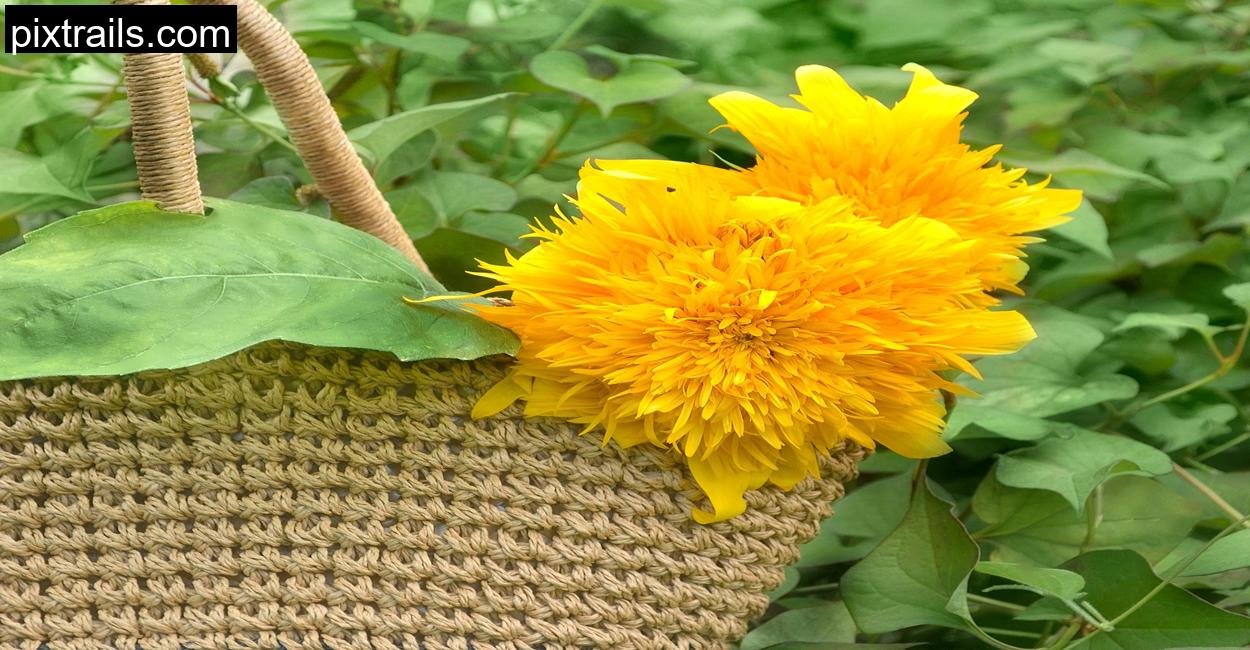
I grew the Teddy Bear variety. Compact, fuzzy, and full of charm. They looked like sunbursts in their pots, and guests always asked about them. I kept sunflowers near the railing, propped up against it as they matured.
Caring For My Container Cut Flower Garden
It wasn’t always smooth sailing. July heatwaves meant I had to water morning and evening. I added mulch around base stems to retain moisture. I fed my plants with a diluted seaweed fertilizer every 10–14 days during bloom season.
Sometimes, leaves yellowed, or a plant drooped without reason. I learned to read their signs, too much water, too little sun, pot too small. I pruned where needed, moved pots around, experimented with organic pest deterrents (like crushed eggshells for snails, neem oil for aphids).
The most crucial care tip? Deadheading. Religiously removing spent flowers gave me non-stop blooms. It felt like a gentle, nurturing rhythm: water, feed, prune, repeat.
Harvesting Joy: My First Bouquets
The first time I cut a zinnia and cosmos bouquet, I placed it in an old glass bottle. It sat on my kitchen table like a crown. I smiled every time I passed it. Friends came over, marveled at the scent and color, and couldn’t believe these had grown on a tiny balcony.
Each bouquet was a story, of mornings spent weeding, of bees dancing from bloom to bloom, of late evenings misting thirsty petals. I gave bouquets as thank-you gifts, birthday offerings, and once, to cheer up a neighbor having a rough day.
Conclusion
My cut flower container garden is not perfect. It’s scrappy, sometimes overgrown, sometimes unexpectedly sparse. But it is mine. A patch of intentional beauty in the sky. It reminds me that gardening doesn’t need acres. It needs care, curiosity, and a willingness to get dirt under your nails.
And every time I snip a flower and place it in water, I’m reminded of the joy that can bloom in the smallest spaces.
Can you grow cut flowers in containers all year round?
Not all flowers bloom year-round, but with seasonal planning (cool-season pansies, early spring phlox, summer zinnias, autumnal chrysanthemums), you can enjoy blooms from spring through fall in most zones.
How deep should containers be for cut flowers?
Most cut flowers thrive in containers at least 12 inches deep. Deep-rooted plants like dahlias or sunflowers may need even deeper pots.
Do you need to fertilize container flowers?
Yes. Container soil depletes quickly. Use an organic liquid fertilizer every couple of weeks during active growth and flowering.
